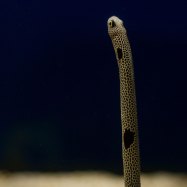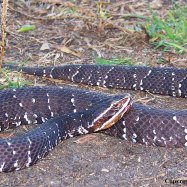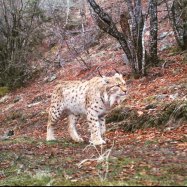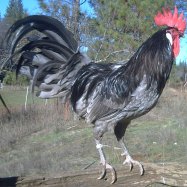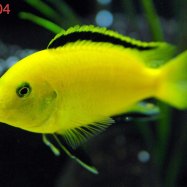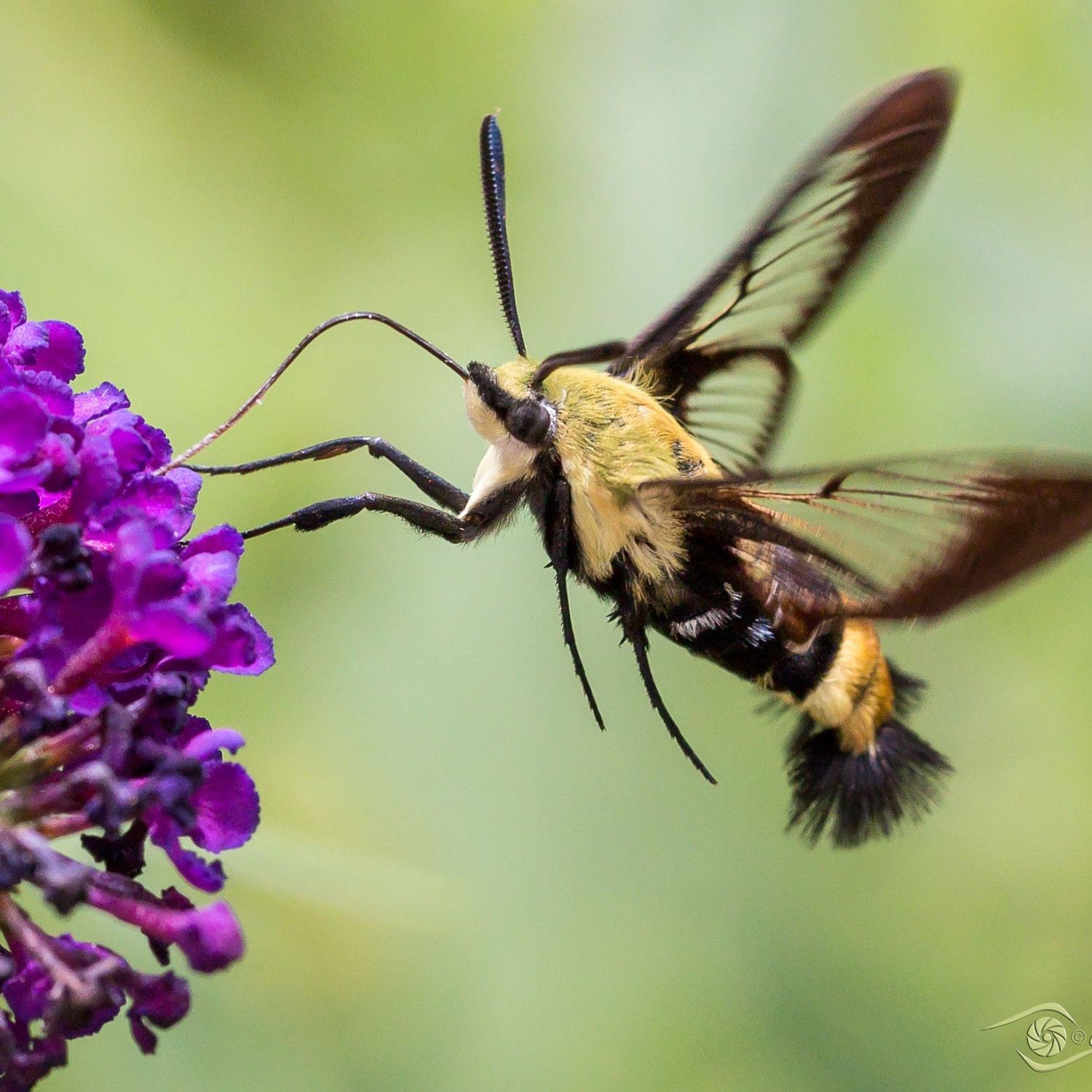
Snowberry Clearwing Moth
1.2-1.6 inches (3-4 cm)
The Snowberry Clearwing Moth is a stunning insect found in eastern and central North America. Named for its translucent wings and white and orange coloring, it can grow up to 1.6 inches in length. Belonging to the Sphingidae family, this medium-sized moth is a fascinating creature to observe in its natural habitat. #SnowberryClearwingMoth #NorthAmericanInsects #Sphingidae
Animal Details Summary:
Common Name: Snowberry Clearwing Moth
Kingdom: Animalia
Habitat: Woodlands, meadows, gardens
Snowberry Clearwing Moth: A Mysterious Marvel of Nature
The world of insects is full of wondrous creatures, from brilliantly colored butterflies to camouflaged stick insects. However, there is one insect that stands out among the rest, elusive yet mesmerizing in its own way – the Snowberry Clearwing Moth.Scientifically known as Hemaris diffinis, the Snowberry Clearwing Moth is commonly referred to by its name due to its distinctive clear wings. This unique feature is what sets it apart from its fellow moths and makes it a truly remarkable creature Snowberry Clearwing Moth. Let us delve deeper into the world of Snowberry Clearwing Moths and discover its fascinating traits.
Animal Classification and Distribution
The Snowberry Clearwing Moth belongs to the Animalia kingdom, the Phylum Arthropoda, and the Class Insecta. It is a member of the order Lepidoptera, which includes butterflies and moths, and the family Sphingidae, also known as hawkmoths or sphinx moths. These moths can be found in the woodlands, meadows, and gardens of North America, primarily in the United States.Habitat and Feeding Habits
As mentioned earlier, the Snowberry Clearwing Moth is typically found in woodlands, meadows, and gardens. This habitat preference is due to the fact that they prefer to lay their eggs on plants such as honeysuckle, snowberry, and viburnum, which are commonly found in these areas.However, what makes this moth truly unique is its feeding method. Unlike most moths, which are primarily nocturnal and feed on nectar at night, the Snowberry Clearwing Moth is diurnal, meaning it is active during the day. It is often mistaken for a hummingbird due to its habit of hovering in front of flowers while feeding on their nectar Sloth. This feeding method, along with its clear wings, allows it to avoid detection by predators.
Geographical Distribution and Country of Origin
The Snowberry Clearwing Moth is mainly found in eastern and central North America. This includes regions such as the Great Plains, the Eastern United States, and parts of Canada. It is believed that their range has expanded into Canada in recent years due to the changing climate.This particular species of moth is native to the United States and can be found in various states, including Illinois, Ohio, Virginia, and Missouri. It is also believed that they may have come from Central and South America, as some sightings have been reported in those regions as well.
An Exquisite Work of Art - Snowberry Clearwing Moth's Coloration
As the saying goes, "beauty lies in the eyes of the beholder," the Snowberry Clearwing Moth may seem unremarkable to some, but its coloration tells a different story. The wings of this moth are transparent, almost glass-like, with a slight tint of brown. This unique characteristic makes it a master of camouflage, blending in with its surroundings to avoid predators.However, the true beauty of this moth lies in the intricacy of its markings. The red-brown and black patterns on its wings are truly a sight to behold and make this moth look like a work of art. These markings differ from male to female, with females having more prominent markings, making them easily distinguishable from males.
The Plump Body of a Medium-sized Moth
The Snowberry Clearwing Moth is a medium-sized moth, reaching an average length of 1.2 to 1.6 inches (3 to 4 cm). It has a plump body with a furry, reddish-brown abdomen, making it look like a tiny flying teddy bear. The body is also adorned with black stripes and a white collar, adding to its overall quaint appearance.The wings of this moth are narrow, allowing it to fly swiftly and precisely, making it more elusive to predators. Its antennae are also worth mentioning, as they are curved and thick, giving the moth a distinct look.
A Keen Eye for Detail – Nurturing the Snowberry Clearwing Moth
The Snowberry Clearwing Moth is a true example of nature's perfection, and it is crucial to do our part in preserving its existence. For those who are fascinated by this moth and want to draw them into their gardens, there are a few things you can do to attract these magnificent creatures.First and foremost, planting their preferred host plants, such as honeysuckle and snowberry, is essential. These plants not only provide a place for the moths to lay their eggs, but they also serve as a source of nectar for their adult forms.
Additionally, avoiding the use of pesticides in your garden is crucial, as these chemicals can harm the Snowberry Clearwing Moth and other beneficial insects. Planting a variety of flowers that bloom at different times of the year will also ensure a steady supply of nectar for these moths.
Final Thoughts
In conclusion, the Snowberry Clearwing Moth is a truly magnificent creature, from its clear wings to its intricate markings and unique feeding habits. As with all insects and creatures in our ecosystem, it is crucial to protect and preserve their existence. These moths may seem small and insignificant, but they play a critical role in pollination and maintaining a balance in our environment.So, the next time you see a hummingbird-like creature hovering around your garden flowers, take a closer look. It may just be the elusive Snowberry Clearwing Moth, a mysterious marvel of nature that deserves our admiration and protection.

Snowberry Clearwing Moth
Animal Details Snowberry Clearwing Moth - Scientific Name: Hemaris diffinis
- Category: Animals S
- Scientific Name: Hemaris diffinis
- Common Name: Snowberry Clearwing Moth
- Kingdom: Animalia
- Phylum: Arthropoda
- Class: Insecta
- Order: Lepidoptera
- Family: Sphingidae
- Habitat: Woodlands, meadows, gardens
- Feeding Method: Nectar feeder
- Geographical Distribution: North America
- Country of Origin: United States
- Location: Eastern and central North America
- Animal Coloration: Clear wings with red-brown and black markings
- Body Shape: Medium-sized moth with a plump body
- Length: 1.2-1.6 inches (3-4 cm)
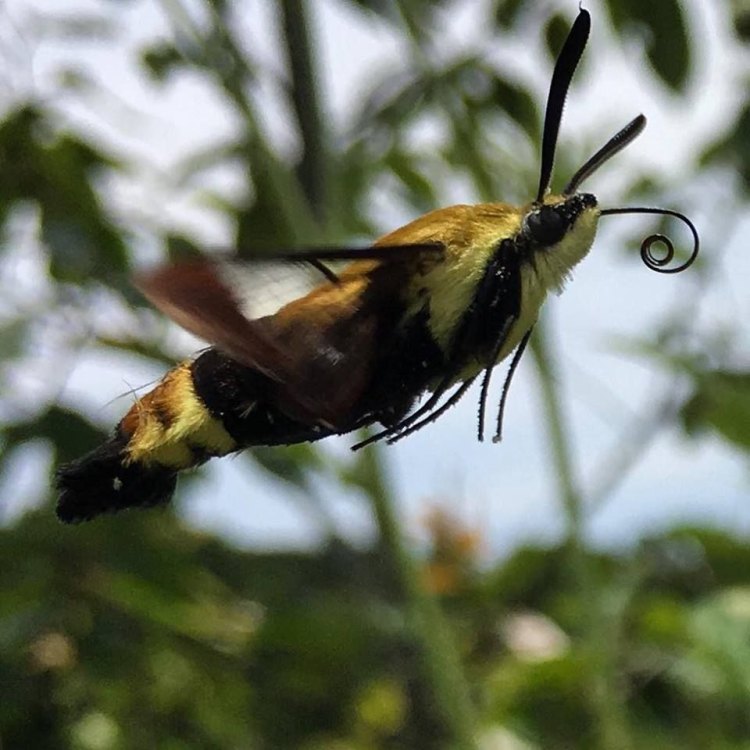
Snowberry Clearwing Moth
- Adult Size: Small to medium-sized
- Average Lifespan: 2-4 weeks
- Reproduction: Sexual
- Reproductive Behavior: Females lay eggs on host plants
- Sound or Call: No audible sound
- Migration Pattern: Non-migratory
- Social Groups: Solitary
- Behavior: Active during daytime
- Threats: Habitat loss, pesticide use
- Conservation Status: Not listed
- Impact on Ecosystem: Pollinator
- Human Use: Not significant
- Distinctive Features: Transparent wings, hummingbird-like flight
- Interesting Facts: Resembles hummingbirds in appearance and behavior
- Predator: Birds, bats, spiders
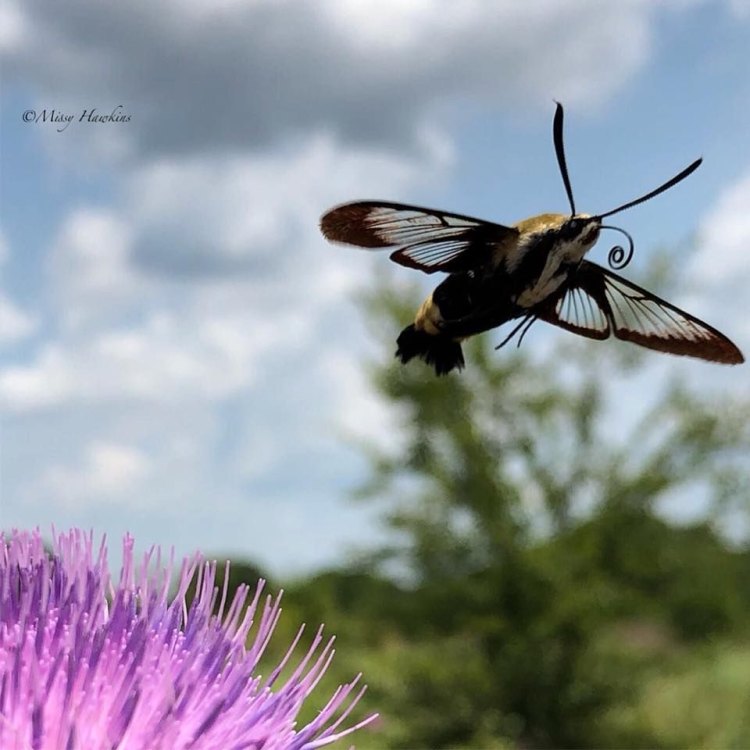
Hemaris diffinis
The Fascinating World of the Snowberry Clearwing Moth
In a world filled with butterflies and bees, there exists a unique and intriguing creature that often goes unnoticed – the Snowberry Clearwing Moth (Hemaris diffinis). This small to medium-sized moth, with its transparent wings and hummingbird-like flight, is a true wonder of nature. Let's dive into the unique features and behaviors of this beautiful insect and explore its impact on the ecosystem.Firstly, let's take a closer look at the Snowberry Clearwing Moth's physical characteristics PeaceOfAnimals.Com. As its name suggests, this moth has clear wings that allow you to see through them, giving it an enchanting appearance. The wings, which can span up to 2.4 inches, are tinted with hues of brown, yellow, and orange, making it almost indistinguishable from a hummingbird from a distance. The body is also covered in soft, fluffy hairs that give it a furry appearance. This unique combination of features makes the Snowberry Clearwing Moth a standout among other insects.
Like most moths, the Snowberry Clearwing Moth begins as a larva. The females lay their eggs on host plants such as honeysuckle, viburnum, and snowberry. Once hatched, the larvae feed on the leaves of these plants until they reach their full size – about an inch long. They then enter the pupal stage, spinning a cocoon to undergo metamorphosis Snapping Turtle. After about two weeks, the adult moth will emerge, ready to continue its short but purposeful life.
The average lifespan of a Snowberry Clearwing Moth is only 2-4 weeks, making it a fleeting presence in the ecosystem. However, during its brief lifespan, this moth plays a crucial role as a pollinator. As they feed on the nectar of flowers, they transfer pollen from one plant to another, aiding in their reproduction. This makes them an essential component of the ecosystem, contributing to the growth and survival of various plant species.
Interestingly, the Snowberry Clearwing Moth has a unique reproductive behavior. Unlike some other insects that can reproduce asexually, this moth reproduces sexually. The females lay their eggs on the underside of the host plant's leaves, ensuring that the larvae have a readily available food source as soon as they hatch. This behavior also helps protect the eggs from predators, giving them a better chance of survival.
The behavior of the Snowberry Clearwing Moth is also quite different from other moths. While most moths are nocturnal, this particular species is most active during the daytime, making it easier to spot. This behavior is similar to that of hummingbirds, giving the moth its name – the hummingbird moth. Like hummingbirds, these moths can hover in mid-air, using their long proboscis to drink nectar from flowers. This unique behavior adds to the Snowberry Clearwing Moth's mystique and makes it a favorite among nature lovers.
When it comes to sound or call, the Snowberry Clearwing Moth is relatively silent. Unlike other insects, it does not produce any audible sounds. This feature may be due to its small size and the lack of specialized organs used for sound production. However, despite its silence, this moth still manages to capture the attention of anyone who spots it with its impressive appearance and behavior.
The Snowberry Clearwing Moth is considered a non-migratory species. Unlike birds or other insects that travel long distances in search of food or better living conditions, this moth prefers to stay in one place. It can be found throughout most of North America, residing in fields, gardens, and woodland areas. However, it is essential to note that this species is susceptible to habitat loss, making it crucial to protect its natural habitats.
Threats to the Snowberry Clearwing Moth also come from pesticides. These moths, like other insects, can be negatively impacted by the use of harmful chemicals. Pesticides not only kill the moths themselves but also reduce their food sources, leading to a decline in their population. This is a significant concern, especially considering the vital role they play in the ecosystem as pollinators.
Despite these threats, the Snowberry Clearwing Moth is not listed on any conservation status. This means that it is not deemed to be in immediate danger of extinction. However, it is essential to monitor the population and take necessary conservation measures, considering its declining numbers in some regions.
The Snowberry Clearwing Moth's impact on the ecosystem goes beyond its role as a pollinator. It is also a crucial food source for various predators. Birds, bats, and spiders all feed on these moths. When they hatch, larvae provide a source of food for birds and other predators, while the adults play a significant role in pollination. This makes the Snowberry Clearwing Moth a crucial link in the food chain, further highlighting its importance in the ecosystem.
With no significant human use, the Snowberry Clearwing Moth may not hold any economic or commercial importance. However, it is still a valuable part of the natural world, contributing to the delicate balance of the ecosystem. Its unique physical features and behavior make it a subject of fascination for nature enthusiasts and photographers alike.
In conclusion, the Snowberry Clearwing Moth is a truly remarkable creature. With its transparent wings, hummingbird-like flight, and distinctive behavior, this moth adds to the beauty and diversity of our natural world. Its role as a pollinator and food source for predators makes it an essential contributor to the ecosystem. As we continue to face threats such as habitat loss and pesticide use, it becomes increasingly crucial to protect and conserve this unique species, ensuring its survival for future generations to appreciate and admire.
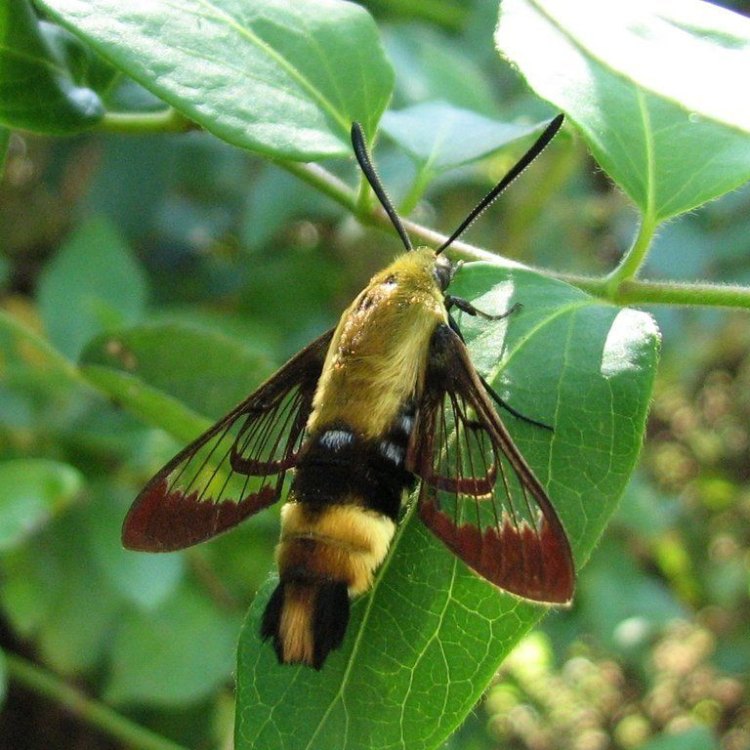
Snowberry Clearwing Moth: A Mysterious Marvel of Nature
Disclaimer: The content provided is for informational purposes only. We cannot guarantee the accuracy of the information on this page 100%. All information provided here may change without prior notice.



